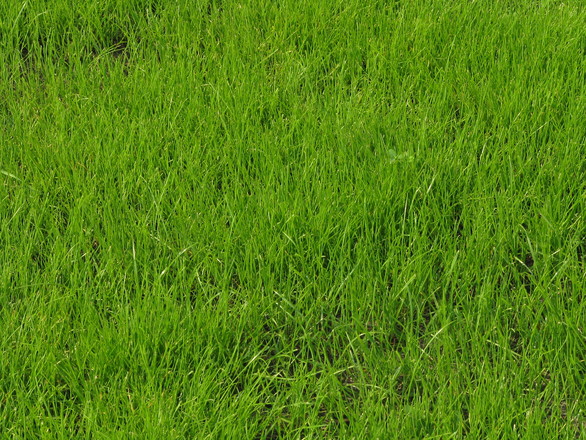Four Notes on Vegetable Field Management in April
2, in the case of ensuring not to reduce the temperature within the shed, as early as possible to pull the shed as early as possible; strengthen ventilation; wipe the shed film, improve the ability of vegetables to carry out photosynthesis.
3, in the energy-saving solar greenhouse overwintering cucumbers, tomatoes, eggplant, sweet peppers and other vegetables, in order to prevent premature aging in the late, in the case of a gradual increase in temperature, chase fertilization materials per acre can be flushed with fertilizer application The nitrogen-high-potassium compound fertilizer is 10 to 20 kilograms, and it is watered immediately after it is applied to the soil to meet the demand for nitrogen, phosphorus and potassium elements in crops with higher nutrient consumption.
4, pay attention to reduce the night temperature, control at about 8 °C. When the outside temperature is above 10°C, grasshoppers can be used to prevent the crops from growing too long at night. For vegetables planted in medium and small sheds, the night temperature should be appropriately increased, but care should be taken to ensure proper shade or timely ventilation at high noon temperatures to prevent high temperature roasted seedlings.
Zoysiagrasses are warm season grasses native to China, Japan and other parts of Southeast Asia. The species was named to commemorate an 18th century Austrian botanist, Karl von Zois. In 1911, Zoysia matrella was introduced into the United States from Manila by a U.S.D.A. botanist, C. V. Piper. Because of its origin the grass was commonly called Manila grass.
Piper described the grass as abundant on or near the seashore in the Philippine Islands. When closely clipped, it made a beautiful lawn according to Piper's notes. He suggested that the grass had unusual promise as a lawn grass along the Gulf Coast and Atlantic coast of Florida.
Zoysia japonica, sometimes called "Japanese lawn grass" or "Korean lawn grass", is a coarser textured, but more cold hardy species than Zoysia matrella. Zoysia japonica was introduced into the United States in 1895 from the Manchurian Province of China. In the United States, Zoysia japonica could be expected to do very well as far north as Maryland. It is a seeded variety of Zoysia.
The third species of Zoysia used for turf is called Korean velvet grass or Mascarene grass, Zoysia tenuifolia. It is a very fine textured species, but is the least cold tolerant of the three species. Zoysia tenuifolia is native to the Far East and was introduced in the U.S. from the Mascarene Islands. In the U.S. it is used in southern California as a low growing ground cover.

Zoysia Grass,Zoysia Turf Grass,Zoysia Decorative Grass,Turf Grass Seeds
Ningxia Bornstein Import & Export Co., Ltd , https://www.bornstein-agriculture.com